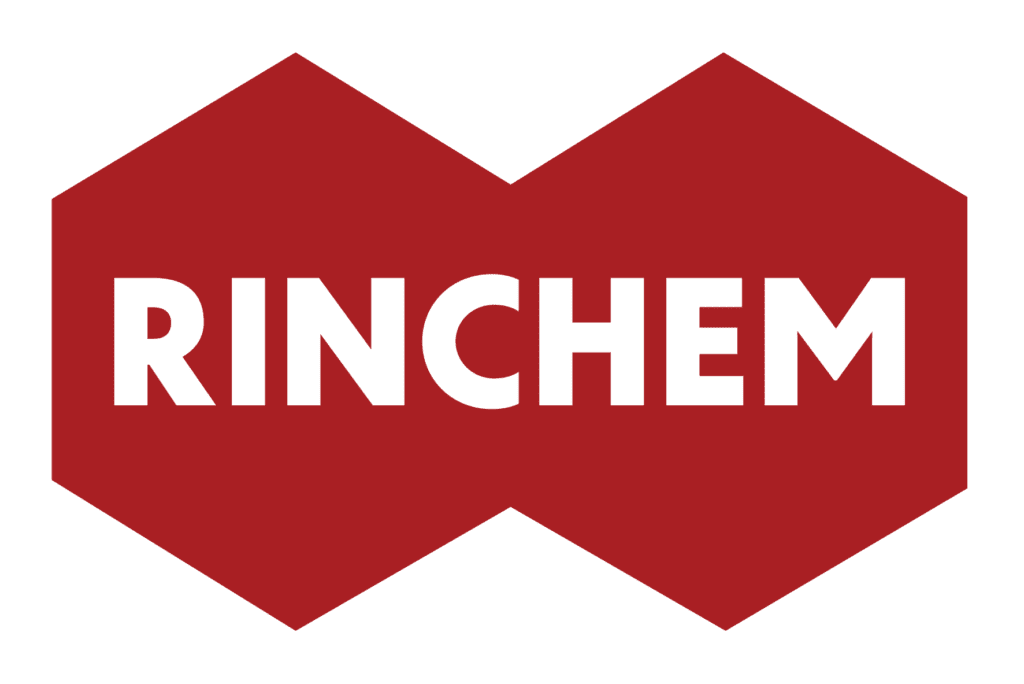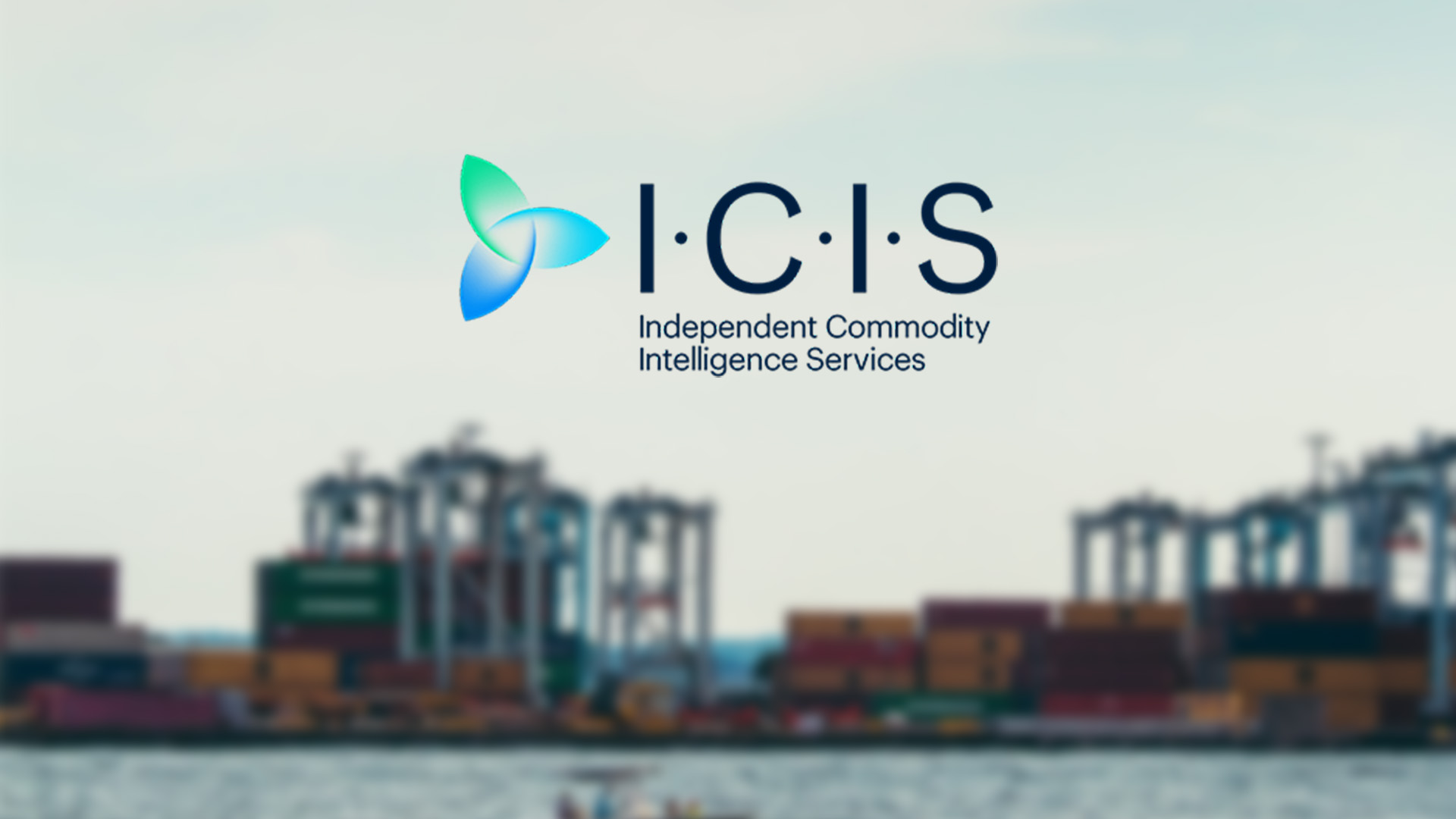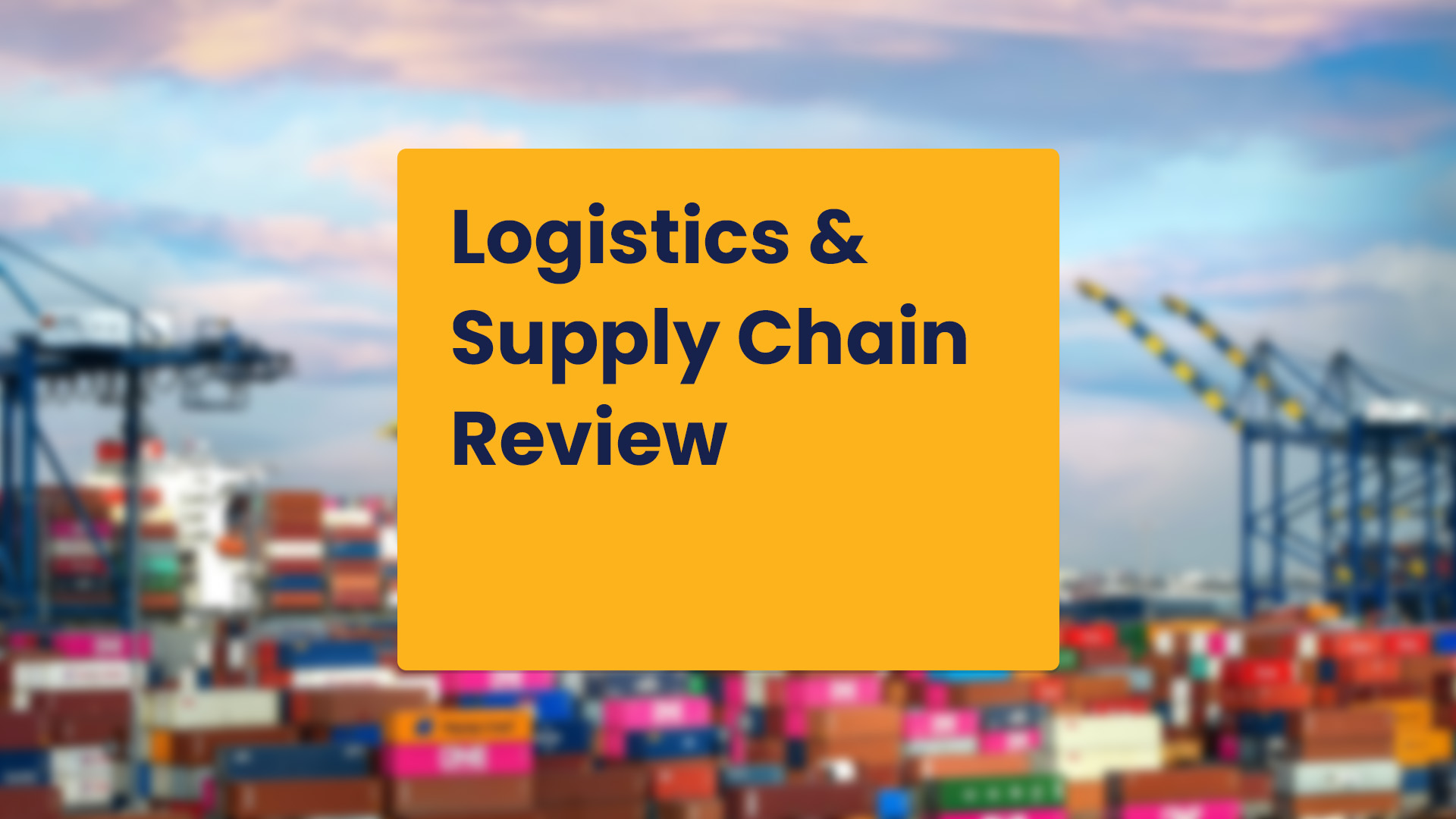Read the Full Article as seen in Logisitcs Tech Outlook Magazine
Freight audit and payment is a pretty straightforward process, but it’s the attention to detail and accuracy that sets companies apart from their competition. Strategically pairing technology with customer service is key to integrating a robust process for Freight audit and payment. Doing this well will not only streamline your internal process but will enhance customer and partner relationships, ensuring long-term business connections across the board.
Understand your Customers’ Needs
Building a strong process starts with understanding and catering to your customers’ individual needs. For example, we allow our customers to dictate their own Key Performance Indicators (KPI’s). Rinchem makes it a point to develop customized solutions tailored to their unique business models. We usually begin with a situation analysis and then work to create a roadmap that highlights pain points while also drilling down into the data and information they need. It’s important to remain agile since we know that a company’s focus can evolve. We look to set up regular meetings to ensure we can pivot accordingly and provide the most accurate logistical data and cost savings for our customers.
Finding the Right Technology Solution
It’s all about making technology work for you. In logistics, we work with both objective and subjective information, so it’s essential to find tools that can capitalize on each one of these values. Objective information is easily automated because we’re dealing with quantitative information that we can be programmed to match up accordingly. Discrepancies and errors can quickly be flagged and updated as necessary to ensure accuracy. Most technology solutions should have the ability to set up the rules, tolerances, and thresholds you want your algorithms to run. However, it really comes down to how detailed you want to be. For instance, Rinchem wants to be sure that we’re billing our customers based on the contracts we have with them. Detention fees may need to be added to the billing at times, so setting up our technology to flag this is beneficial to ensuring that the detention is a valid expense. We don’t want to bill our customers for something unnecessary. This can erode trust and breakdown relationships.
Conversely, subjective data is more difficult for technology to make sense of. It’s essential to search for a solution that can incorporate the user’s knowledge to maximize the capabilities of whatever application you choose. With subjective data, we are looking for improved efficiencies that will make the economic sense for both our customers and for Rinchem (this is why understanding your customers’ needs is crucial). For example, if we make plans for an order, we need to find a way to consolidate and execute loads that make the most financial sense for our customers but will also make logistical sense for Rinchem. This type of information is often a difficult decision for technology to make. Being able to incorporate experience and expertise to develop effective algorithms is what will set your business apart from the rest.
Finding the right technological tools that can effectively marry both types of data will depend on your organization’s unique process. There are a lot of out of the box solutions that integrate both types of data. What Rinchem has found is that we require a several tools in order to make the entire picture come together. The more complex and customized your contracts are will ultimately guide your technology needs. While we were originally hoping to find a single solution, we soon realized there wasn’t an all-encompassing product for our multifaceted needs. Instead, we looked for three solid applications that could fulfil our needs and the goals of our customers.
Streamlining our processes with the right technology solutions provides numerous benefits. Automating data can reduce error margins to less than 1%, in addition to minimizing the chances of making mistake or missing discrepancies. We can tell if we need to go back out to the market and check our rates to ensure we’re competitive. Automation also improves turnaround time from weeks to days. As a result, our customers are billed faster, and carriers will consequently receive payments sooner. This not only allows for our customers to better manage their financial load, but we’re more likely to receive more business from our carriers and we minimize the risk of having them go somewhere else.
Build Strong Customer and Partner Relationships
While having great technological solutions that automate and streamline your process is key to developing a Freight Audit and Payment system, it’s also imperative to building strong customer and partner relationships. Technology can only take your business so far – no matter how refined your technology is, there are some things that only a human can do. At Rinchem, we work hard to establish relationships with our carriers and have been able to effectively build a rapport of trust. In doing so, our customers know that we’re going to get their product safely from point A to B without hiccups. Continually changing carriers can create continuity issues and therefore impacts both predictability and reliability. Stability in relationships across the board has been fundamental to our success.
Again, before implementing any sort of technology or system, it’s important to understand what your unique business capabilities are and the individual needs of your customers. A comprehensive analysis of both will ensure you find the right technology tools that will cater to your business needs for freight audit and payment. In turn, your business will be able to build a strong Freight Audit and Payment system.
Get more articles like this in your inbox
Sign up for our monthly newsletter
Find more articles


